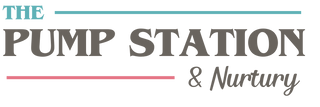Articles
-

Raising Lifetime Readers from the Start
Nurturing a baby's love for books and supporting a toddler's journey to learn to read can be achieved through simple strategies. Experts emphasize the importance of reading aloud, as it...
-

The Benefits of Baby Wearing
Explore the benefits of baby wearing, a time-honored practice that promotes bonding, skin to skin contact, and hands-free convenience for parents. From cradle boards to Mei Tais, traditional parenting methods...








